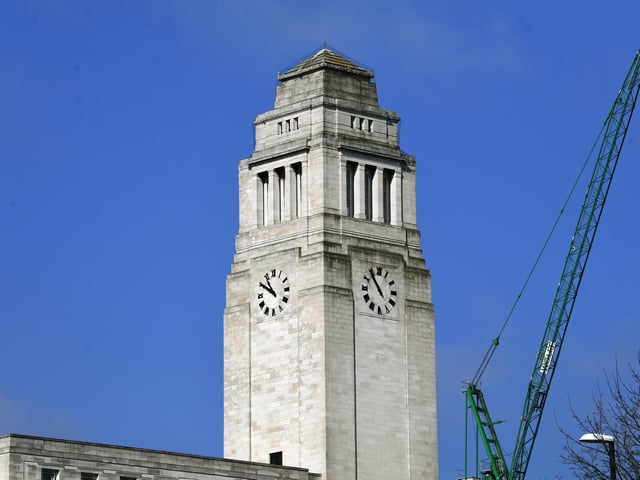While one protestor was killed during the violence, as many as 80 Delhi police personnel were injured during the clashes between police and protesting farmers.
By: Express Web Desk | New Delhi | Updated: January 26, 2021

Chaotic scenes unfolded in the national capital on Republic Day after protesting farmers clashed with the police, broke barricades and stormed the Red Fort. After violence erupted in several areas of New Delhi, hundreds of protesters were seen chasing police personnel with sticks and ramming their tractors into the buses parked by police.
After deviating from the pre-decided route for a tractor rally, a group of protesting farmers breached barricades and entered the Red Fort. In unprecedented scenes, protesters entered the complex of the Mughal-era monument and attempted to climb the domes and the ramparts, some clambering up the flagpole to hoist a flag from the same place the prime minister unfurls the tricolour from on Independence Day. The Samyukta Kisan Morcha has dissociated itself from ‘the violent elements’.
While one protestor was killed during the violence, as many as 80 Delhi police personnel were injured. Internet was also shut down in parts of Delhi and neighbouring areas.
Here is how the international media covered the farmers’ protest
The New York Times
The New York Times said that the events in New Delhi “prompted the police to fire tear gas” and threw into chaos an event that posed “a direct challenge” to the central government.

“It was unclear whether the security forces, or the farm leaders who appeared to have lost control, could push the protesters out of the city and back to the campsites they have occupied for the past two months at the capital’s borders,” an article said.
PHOTOS |Chaos, clashes at farmers’ protest: 16 photos that capture what happened
It also spoke about the Republic Day parade, which was held just hours before violence broke out saying, “Prime Minister Narendra Modi oversaw a lavish military parade, and news channels showed surreal scenes of Mr. Modi saluting officers as chaos broke out in several parts of the city just a few miles away.”
Further talking about the events that unfolded in the capital, the article said: “The demonstration, after the central government failed in its frantic efforts to prevent the tractor march, illustrated how deeply the deadlock with the farmers has embarrassed Mr. Modi. Although he has emerged as India’s most dominant figure after crushing his political opposition, the farmers have been persistent.”
BBC
In a news report, the BBC reported the incident saying that farmers at several entry points appeared to have followed the agreed routes, however, a section of protesters broke through police barricades and entered the capital.

“Images from the ITO metro station junction – which is on the route to central Delhi – showed police clashing with protesting farmers and using tear gas and batons against them. Protesters driving tractors appeared to be deliberately trying to run over police personnel. Local media reported injuries on both sides,” the report read.
Citing its India correspondents, the BBC said protesters outnumbered the police at the ITO junction, leaving them struggling to control the crowd.
Read |What it looked like at Delhi’s Red Fort today
“Mr Modi and cabinet ministers watched the official parade on Tuesday morning, but did not encounter any protesters. They were driven back to their residences before the farmers reached central Delhi,” it said.
The Guardian
The Guardian, too, said that Tuesday’s “chaotic and violent” scenes overshadowed the country’s Republic Day celebrations.

“Some protesters reached a junction about two miles from where the prime minister, Narendra Modi, and other government leaders watched tanks and troops parade past and fighter jets fly overhead,” it said in a report.
Further remarking over the farmers’ protest in the national capital, The Guardian wrote: “For more than two months, tens of thousands of farmers have been stationed in a huge protest camp around the peripheries of Delhi to demonstrate their fierce opposition to a series of new farm laws, which they say will destroy their livelihoods, offer no protection for crop prices and leave them at greater risk of losing their land.”
“Agriculture employs more than 40% of India’s population but it is a sector plagued by poverty and inefficiency, with farmers often selling their crops for one rupee,” it added.
 Despite storing only one per cent of the Earth's total ice volume, glaciers have contributed to almost a quarter of the global ice losses over the study period, with all glacier regions around the world losing ice.
Despite storing only one per cent of the Earth's total ice volume, glaciers have contributed to almost a quarter of the global ice losses over the study period, with all glacier regions around the world losing ice.











.jpg)
